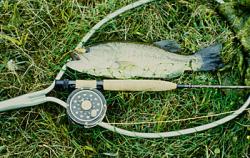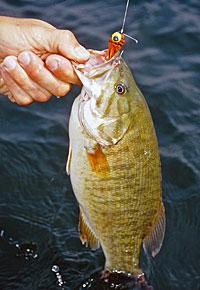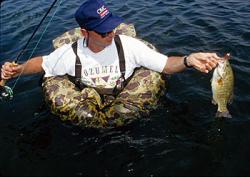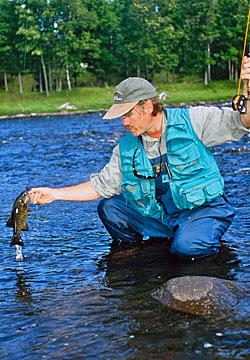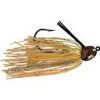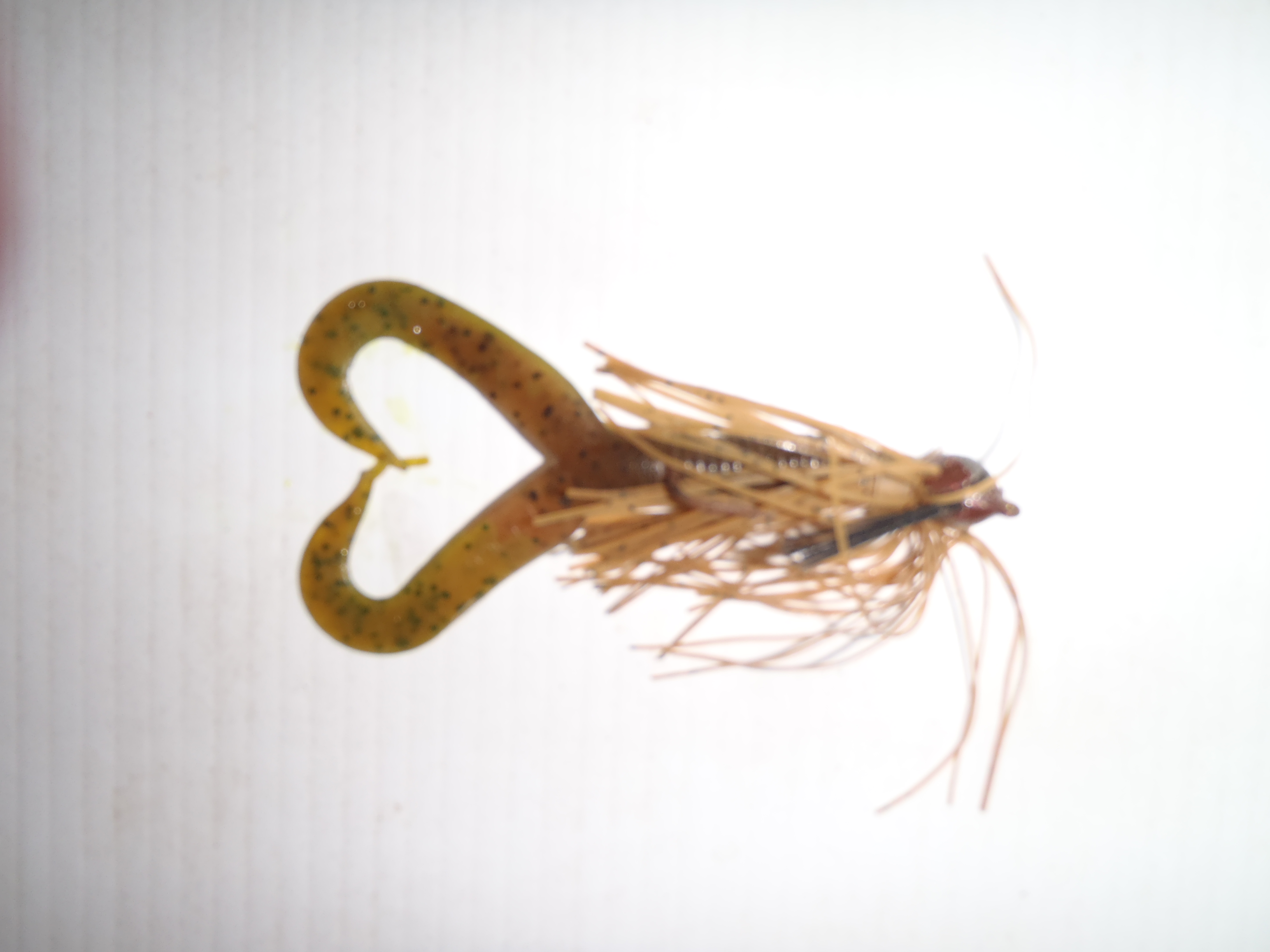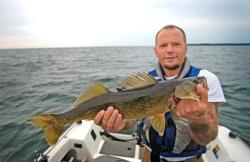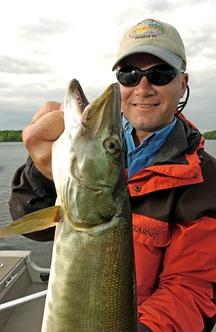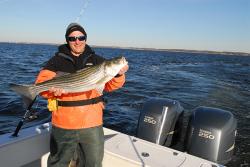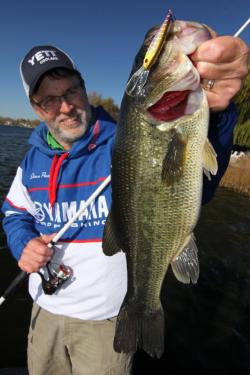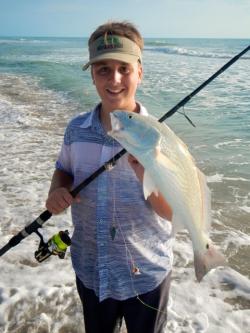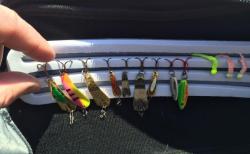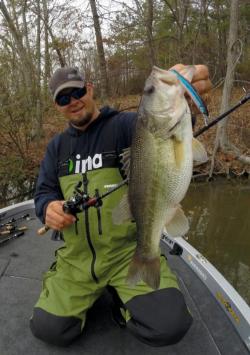Yamaha Skipper Offers Fish-Finding Tips via “Eyes in the Sky”
from The Fishing Wire
Satellite Data that Helps You Find Fish
Captain George Mitchell’s Yamaha powered Yellowfin has a full complement of “eyes in the sky” navigation aids to help him find fish.Offshore fishing is as popular as ever and with the advent of larger, more seaworthy outboard-powered boats, the desire to catch tuna, billfish, sharks, kingfish and other pelagic species of gamefish will likely continue to grow. More reasonable fuel prices will no doubt add to the affordability of chasing big fish offshore, and there are certainly plenty of opportunities along the U.S. coastline.
As is the case with any kind of fishing, the most difficult part of putting together a successful day on the water is figuring out where the fish are most likely to be, but the problem is compounded when you’re dealing with open ocean species that are frequently found many miles offshore.
“There’s a lot of water out there,” said Captain George Mitchell, “but there are resources available to offshore fishermen that can help put them in the right place at the right time.”
Mitchell is a tournament fisherman and a professional charter captain with a large and loyal clientele. His home port is Jupiter, Florida, but he also charters from Venice Marina in Venice, Louisiana at various times of the year in addition to competing in professional kingfish tournaments with his son, Eddie. His latest ride is a Yamaha-powered 36-foot Yellowfin® center console, rigged to the nines for offshore fishing. Pushed by three Yamaha F300 outboards, the boat can get him pretty much anywhere the fish are quickly and safely. But how does he determine where “anywhere” is each day?
Tuna and other pelagic species seek out currents and temperatures revealed by services like Roff’s.“There are tools available that take a lot of the guesswork out of finding the most likely places for the gamefish I’m after,” said Mitchell. “Some of these tools come right out of the sky. I’m talking about satellite-generated sea surface temperature (SST), chlorophyll and altimetry charts. They sound high-tech, and they really are, but getting this quality fishing data has never been easier. Spending a little time viewing online tutorials coupled with some on-the-water practice, these tools are worth their weight in fuel savings.”
Large bodies of saltwater, like the Atlantic Ocean and Gulf of Mexico, are not vast tracts of static water. They are living ecosystems with currents, counter currents, areas of deep-water upwelling and gyres (eddies) that are constantly moving. While locating physical structure is important when fishing for inshore species, ocean features can also become structures that attract fish. What makes the ocean features harder to locate is the fact that they are dynamic, as opposed to static like bottom structures. Identifying how ocean features can impact the location of pelagic fish requires a whole different set of tools from bottom charts. That means researching current data so you can identify areas where the conditions are most conducive to concentrating forage and gamefish.
“I use SST, chlorophyll and altimetry charts to help me nail down where I am going to fish, regardless of whether I have a charter right here in Jupiter and I’m looking for dolphin, sailfish or tuna, or if I’m fishing a kingfish tournament out of a port in the Gulf,” said Mitchell. “It’s critically important to have access to real-time data and charts developed from the most current satellite passes for decision-making. When putting together a game plan, I start by identifying the catchable species in the area and then look at the developing trends in water movement, surface temperature, chlorophyll concentrations and areas of water upwelling. If, for example, I am fishing my home waters, I figure in the movement of the Gulf Stream and also factor in wind direction and speed.
This Roff’s image of the Florida Current and Gulf Stream can be a big help to offshore anglers.“If I see an area where conditions conducive to my target species converged over the past few days, it will be high on my list of spots,” Mitchell continued. “But I will try and pick out several locations that look promising so I have a Plan A, B and C. With the mobility of high-speed fish boats like my Yellowfin,® I can easily hit a number of likely spots should one or two not pan out.”
So what is it you should be looking for on these wonders of satellite technology? You’re trying to find areas where contact between two water mass boundaries occurs; where upwelling of nutrient-rich deep water is being pushed to the surface; and where phytoplankton blooms occur.
SST charts depict ocean surface temperature to locate water mass boundaries and can help indicate where current edges and upwelling might be taking place. SST charts are generated from data provided by numerous earth-orbiting satellites. There can be numerous images available daily or, if cloud cover is persistent, none. Temperature sensing is impeded by clouds, but such areas will be marked on SST charts by the provider.
Chlorophyll data is available from just a few satellites, so one chart per day under optimal conditions might be available. What chlorophyll data provides is a look at where phytoplankton blooms are occurring. Phytoplankton is the bottom of the food chain, which will attract baitfish that feed on these micro organisms. They, in turn, should attract the predators you seek.
Altimetry is a radar image of the surface of the ocean that shows minute differences in the height of the water in colors similar to chlorophyll and temperature charts. Minor depressions in the ocean surface tend to indicate where a deep water upwelling is occurring. This brings nutrient-rich water to the surface, which kicks off a phytoplankton bloom.
The temperature and water movement patterns around islands are all revealed in satellite imagery today.Offshore of the Mid-Atlantic States there is a wide Continental Shelf, and the eastern edge is pockmarked with submarine canyons. The Gulf Stream runs up the coast, but for most of the region it is well offshore of the canyons. However, the Stream creates gyres— great spinning bodies of warm, dark blue water also called warm-core eddies—which break off from the main current and migrate inshore to the canyons along the Shelf. Think of them as huge bowls of Gulf Stream water spinning in a clockwise direction that do not readily mix with the inshore water in its path. Such eddies create upwelling of deep ocean water where they encounter the steep walls of a canyon. SST charts clearly mark the location of eddies or fingers of warm water extending inshore from the Stream. Altimetry charts can help pinpoint where upwelling is taking place, and chlorophyll charts indicate where they are generating plankton blooms. These are the building blocks of a hot bite of pelagic fish that can include a variety of tuna and billfish species. With information like this, coastal anglers heading offshore can narrow down the vastness of the ocean to a few places that have the right conditions to be holding forage and the gamefish they seek.
Services that provide satellite-generated charts for recreational anglers are in hot demand because these ocean features are often located 60-to-100+ miles offshore, certainly well within the range of today’s high speed fishing boats. Without these charts, this is a long way to go to troll around blind with no idea whether you’re within five or 50 miles of the action. The charts used in this article were provided by Roffers Ocean Fishing Forecasting Service which, under the direction of Fisheries Biologist/Ph.D. and owner, Mitchell Roffer, has been providing these services for three decades. However, there are numerous companies that offer subscriptions to accurate fishing charts prepared from satellite data. There are also a number of free government and university websites that offer raw SST charts.
Hilton’s Realtime Navigator
www.realtime-navigator.com
Terrafin Satellite Imaging
www.terrafin.com
OceanTemp
www.oceantemp.com
Offshore Satellite Services
www.offshoresatelliteservice.com
Roffers Ocean Fishing Forecasting Service
www.roffs.com




